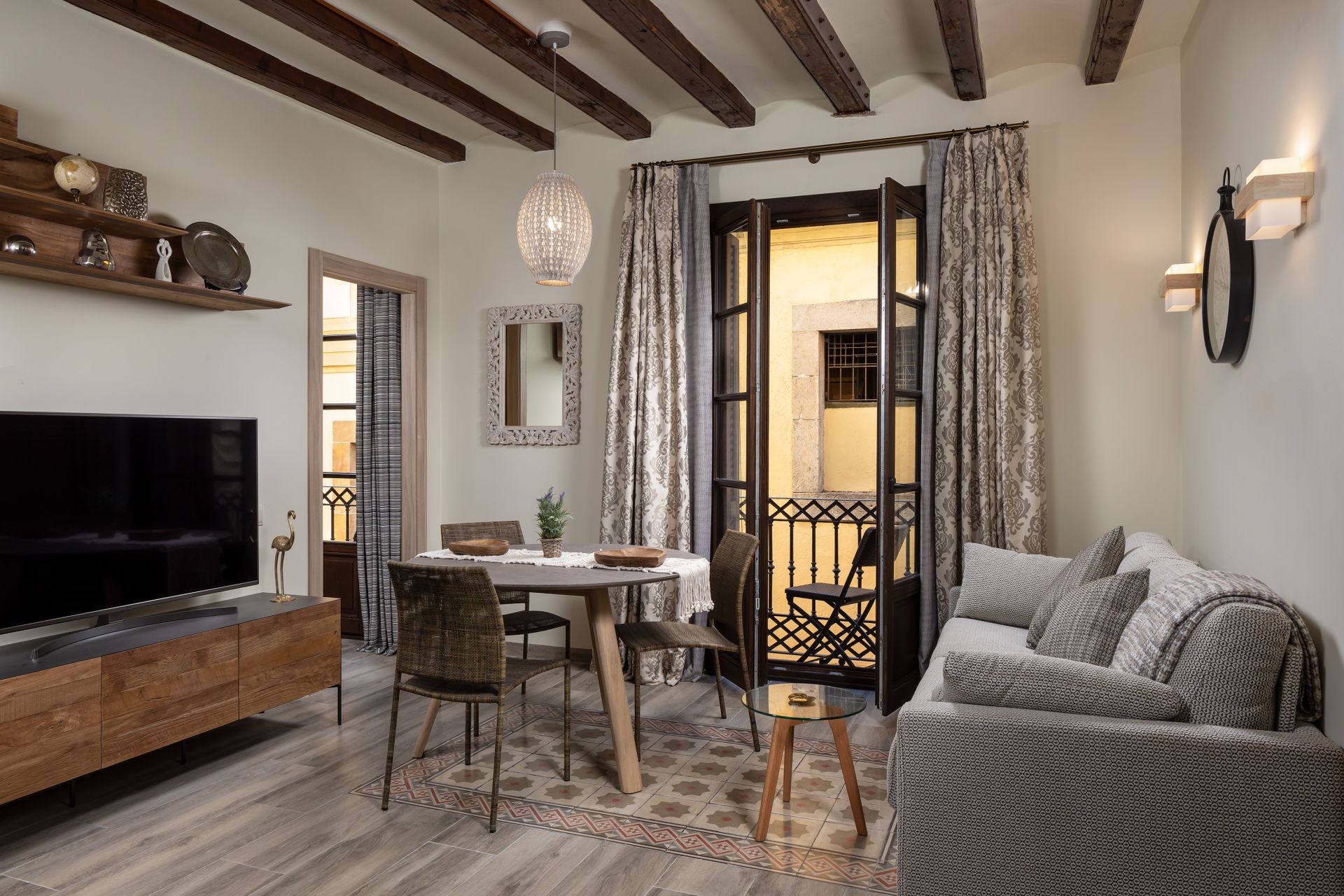
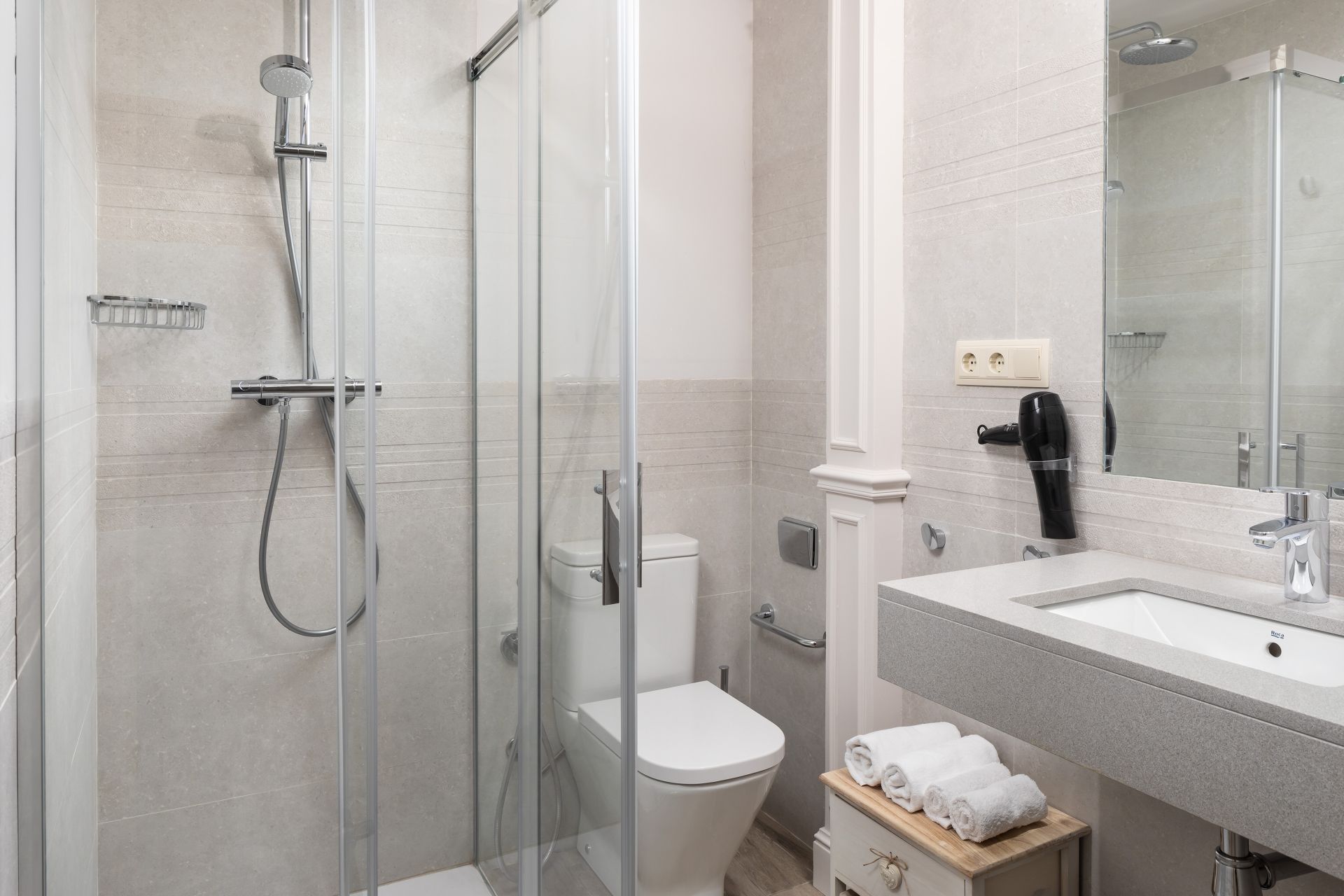
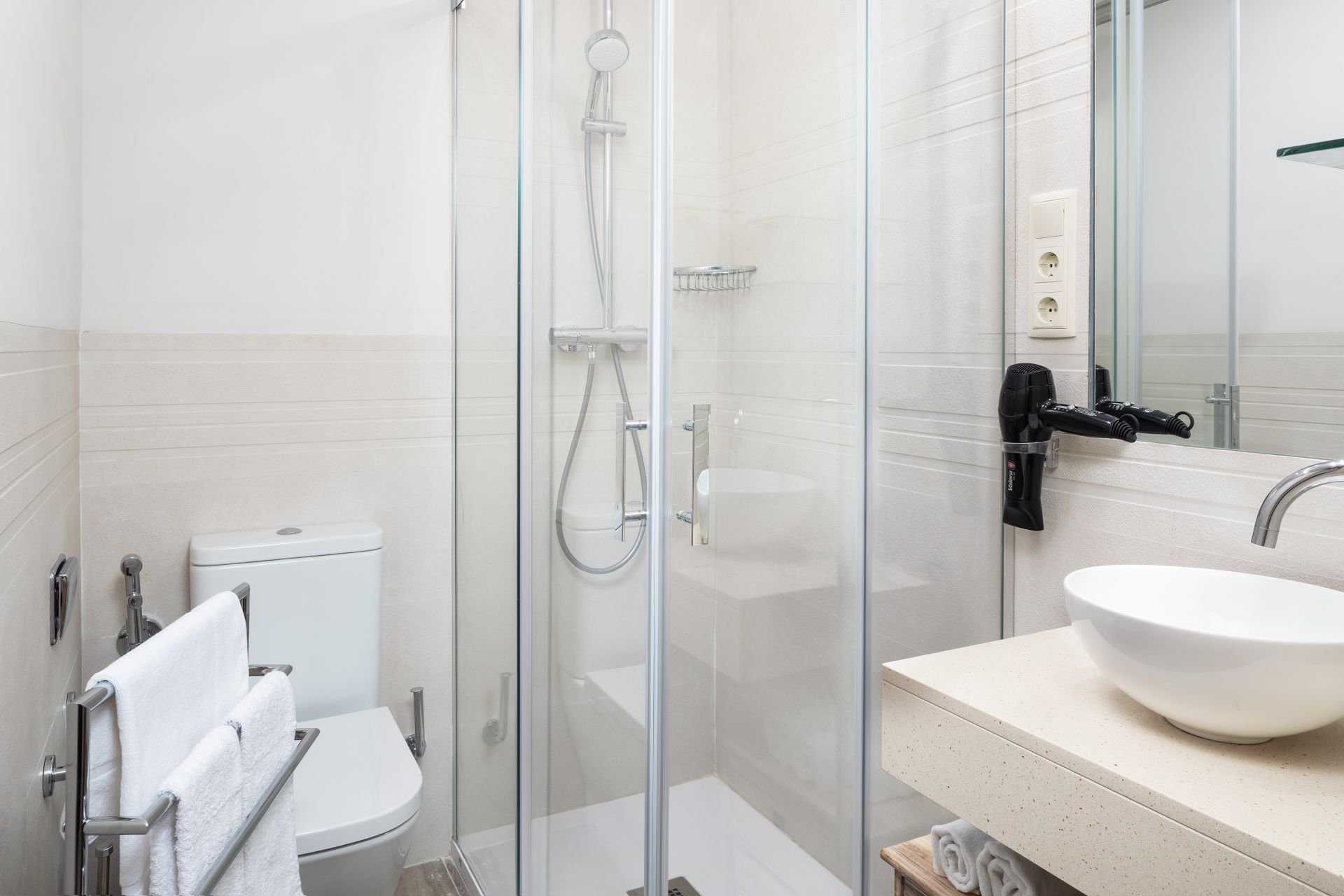


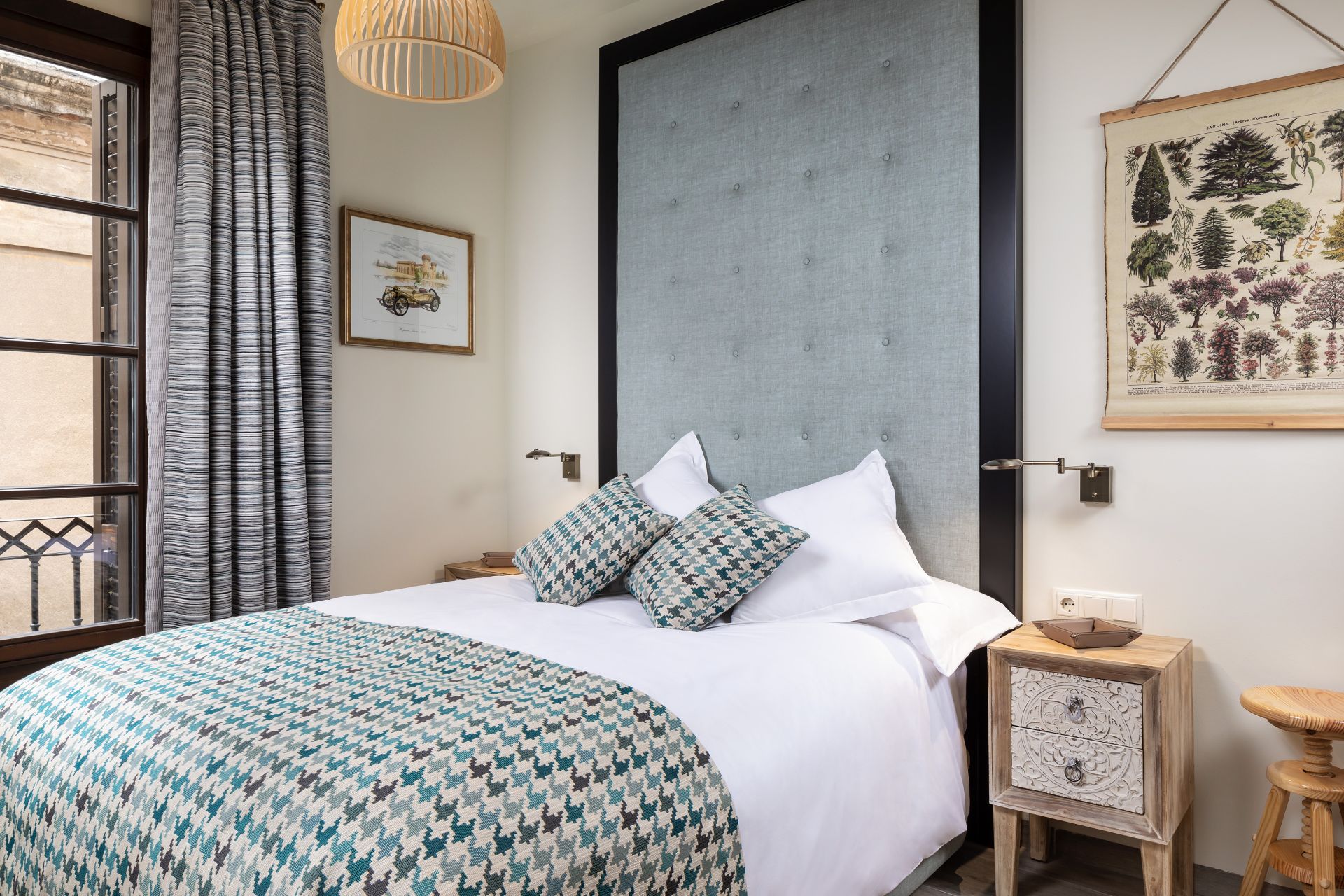
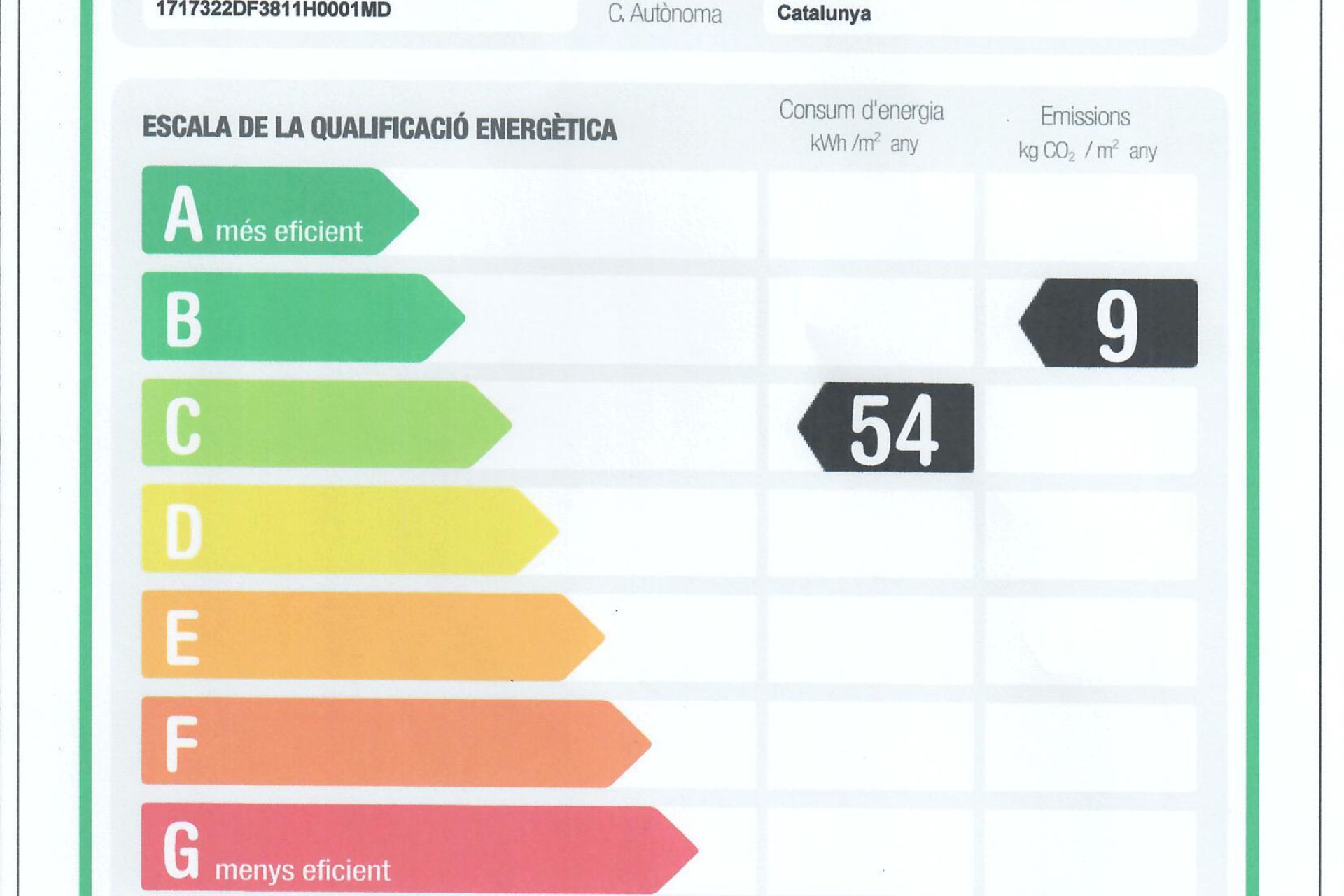
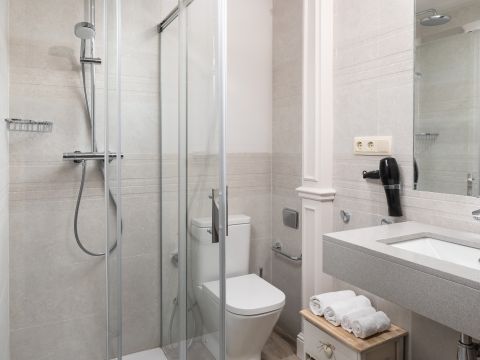
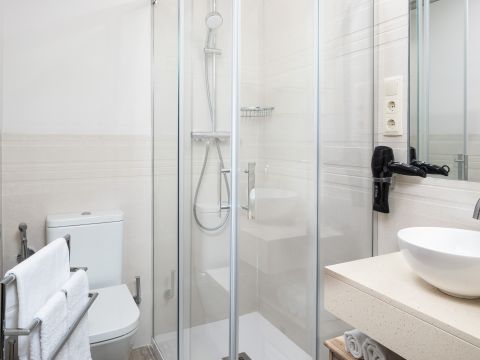

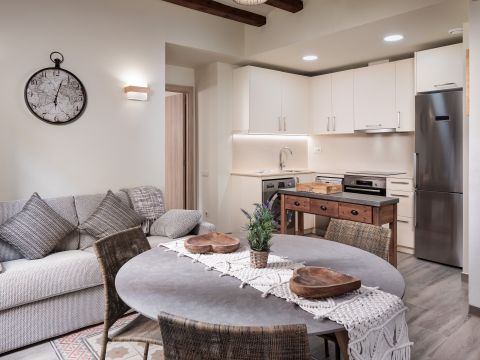

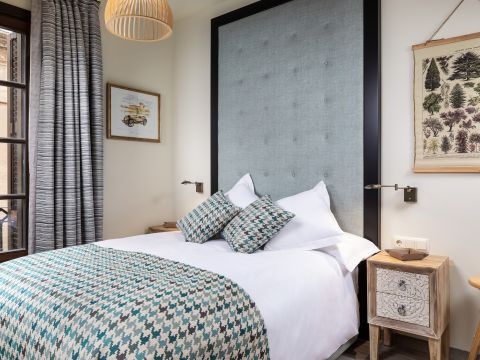
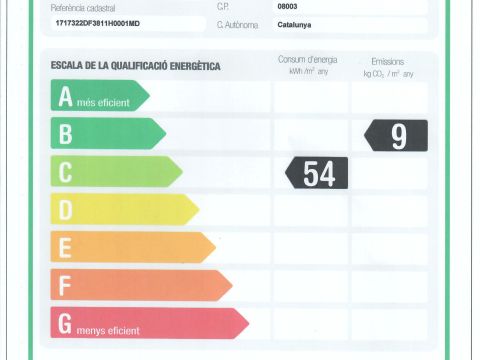
Barcelona (Born)
El Born was the name of the enclosure, now Passeig del Born, where tournaments and jousts between medieval knights were held. The district delimited by Passeig de Picasso, Carrer de la Princesa as far as Carrer del Rec, Passeig del Born, Santa Maria del Mar, Pla de Palau and Avinguda del Marquès de l’Argentera has managed to preserve its medieval Gothic architecture palaces while its narrow streets now play host to the latest trends in art, fashion and gastronomy. If you wander through its squares and streets, you will be taken back to the Middle Ages, when wealthy merchants built their palaces on Gothic streets like Carrer de Montcada, where the Picasso Museum is located. These traders lived alongside the craftsmen, sailors and guildsmen who built the Basílica de Santa Maria del Mar, the finest example of Catalan Gothic art. A square next to the basilica, Plaça del Fossar de les Moreres, is home to an eternal flame that was lit in memory of the fallen in the 1714 War of the Spanish Succession, which mutilated the district. For a good understanding of the history of that time visit the Born Cultural and Memorial Centre. This former market and jewel of cast-iron architecture preserves remains of the part of the city that either disappeared during the war or was demolished immediately after it to build the citadel.20th-century artists like Picasso, Rusiñol and Casas also established their studios in the district as it was to Barcelona what Montmartre was to Paris. Now the area is home to a large number of art galleries and emblematic spaces for new generations of artists, showrooms featuring the latest trends, and gourmet stores.
El Born was the name of the enclosure, now Passeig del Born, where tournaments and jousts between medieval knights were held. The district delimited by Passeig de Picasso, Carrer de la Princesa as far as Carrer del Rec, Passeig del Born, Santa Maria del Mar, Pla de Palau and Avinguda del Marquès de l’Argentera has managed to preserve its medieval Gothic architecture palaces while its narrow streets now play host to the latest trends in art, fashion and gastronomy. If you wander through its squares and streets, you will be taken back to the Middle Ages, when wealthy merchants built their palaces on Gothic streets like Carrer de Montcada, where the Picasso Museum is located. These traders lived alongside the craftsmen, sailors and guildsmen who built the Basílica de Santa Maria del Mar, the finest example of Catalan Gothic art. A square next to the basilica, Plaça del Fossar de les Moreres, is home to an eternal flame that was lit in memory of the fallen in the 1714 War of the Spanish Succession, which mutilated the district. For a good understanding of the history of that time visit the Born Cultural and Memorial Centre. This former market and jewel of cast-iron architecture preserves remains of the part of the city that either disappeared during the war or was demolished immediately after it to build the citadel.20th-century artists like Picasso, Rusiñol and Casas also established their studios in the district as it was to Barcelona what Montmartre was to Paris. Now the area is home to a large number of art galleries and emblematic spaces for new generations of artists, showrooms featuring the latest trends, and gourmet stores.
apartment.comments